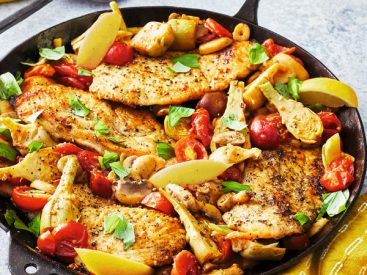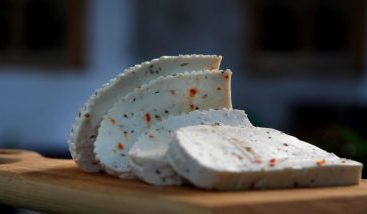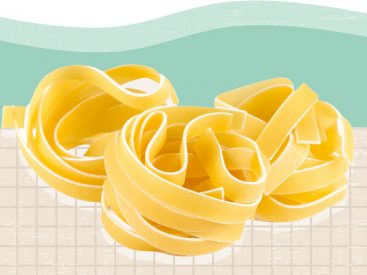From flax to chia to hemp, seeds are all the rage in the culinary world. They also happen to pack a lot of health benefits. Lew Robertson Seeds seem to be everywhere these days, from chia seed pudding to hemp seed muffins to all-seed granolas. But why are seeds […]
Delicious!
Delicious!



